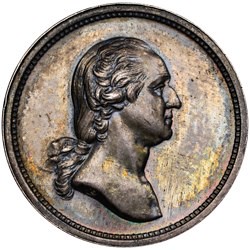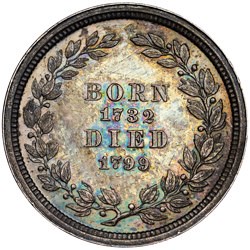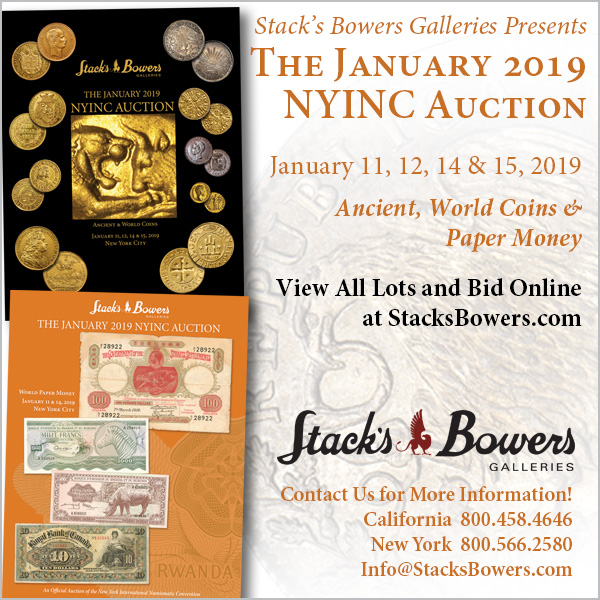
PREV ARTICLE
NEXT ARTICLE
FULL ISSUE
ANTHONY PAQUET'S MEDALETSOn December 11, 2018 NGC published a very nice (and nicely illustrated) article on the medalets of Anthony Paquet. I understand it was written by Alex Masella, an attributor/grader of tokens and medals for NGC. Here's a short excerpt - be sure to read the complete article online. -Editor   In the years leading up to the Civil War, while America was encountering political and economic problems, it was becoming a golden era for numismatics. The panic of 1857 contributed to the hoarding of large cents, but the introduction of the smaller "Flying Eagle" cent boosted interest in new coin designs. The era also witnessed the talents of many now-famous private engravers, from Joseph Merriam to George H. Lovett. By 1858, over a dozen coin dealers and firms established themselves in the larger northern cities, like New York, Philadelphia, Boston, and Baltimore. The demand for new medals commemorating events, historical figures, and politicians was at a high point. Die sinkers were commissioned by dealers and collectors to create hundreds of "fancy pieces" to fill collectors' cabinets. The fierce election of 1860 also saw the production of many politically themed medalets. With the Mint Cabinet program featuring Washington rolled out by Mint Director James Ross Snowden, and culminating with the dedication ceremony in early 1860, it became clear that the Mint could also profit from the recent enthusiasm for new medals. Beginning in 1861, the Mint started producing dime-sized silver medalets featuring George Washington and Andrew Jackson (other presidents would soon follow). Though the medalets were first produced in silver and gold, Julian notes that in the 1870s, bronze examples were occasionally made. These "original" bronze strikes are actually more rare than their silver counterparts. Bronze strikings of most of the dies continued in the 1880s, and early restrikes were made after 1904. Restrikes continued throughout the 20th century. The restrikes have a different look and composition from originals. While originals were composed entirely of copper-with a bronzed finish-restrikes were produced in true bronze, having a composition of 90 percent copper and 10 percent zinc. Restrikes produced as late as the 1970s are more yellow in color, and have a dull, sandblasted finish. These can still be acquired for only a few dollars, often finding their way into dealers' "junk" bins. NGC distinguishes these late 1970s restrikes from the earlier ones by using the language "modern restrike" and simply "restrike". The modern restrikes are far more common than the originals. To read the complete article, see:  Wayne Homren, Editor The Numismatic Bibliomania Society is a non-profit organization promoting numismatic literature. See our web site at coinbooks.org. To submit items for publication in The E-Sylum, write to the Editor at this address: whomren@gmail.com To subscribe go to: https://my.binhost.com/lists/listinfo/esylum All Rights Reserved. NBS Home Page Contact the NBS webmaster 
|